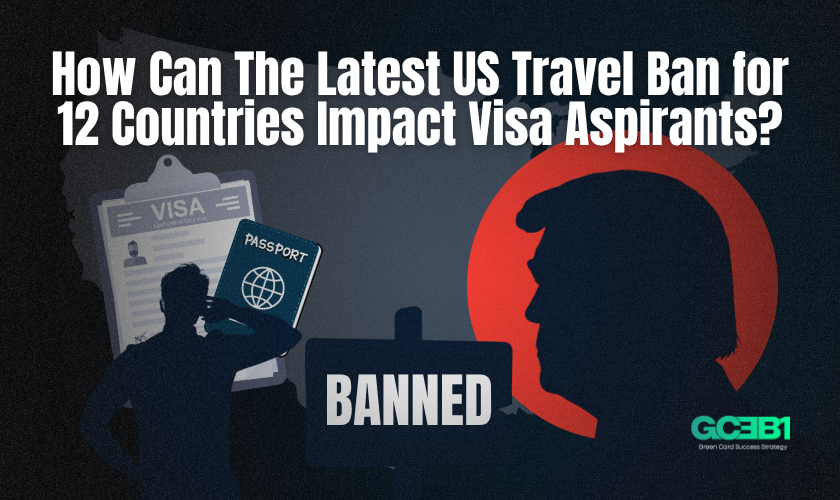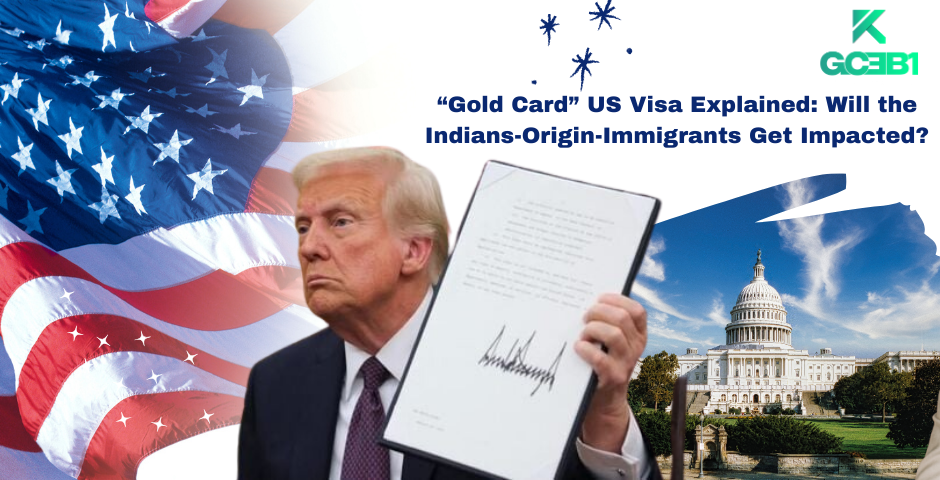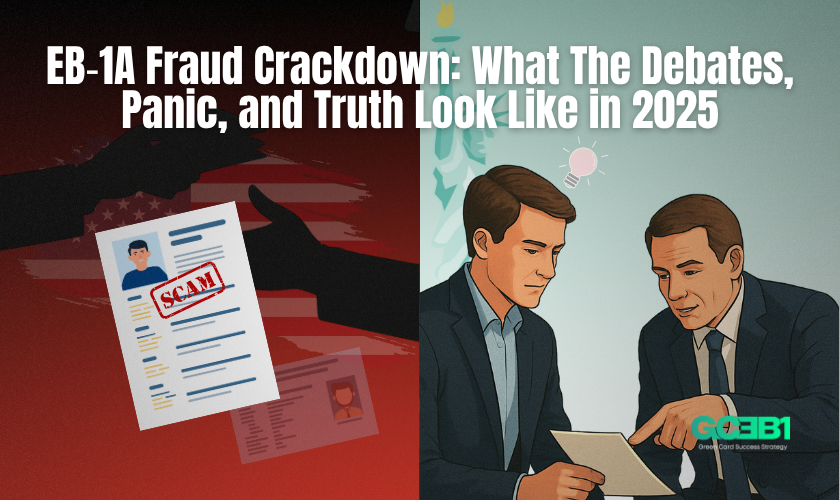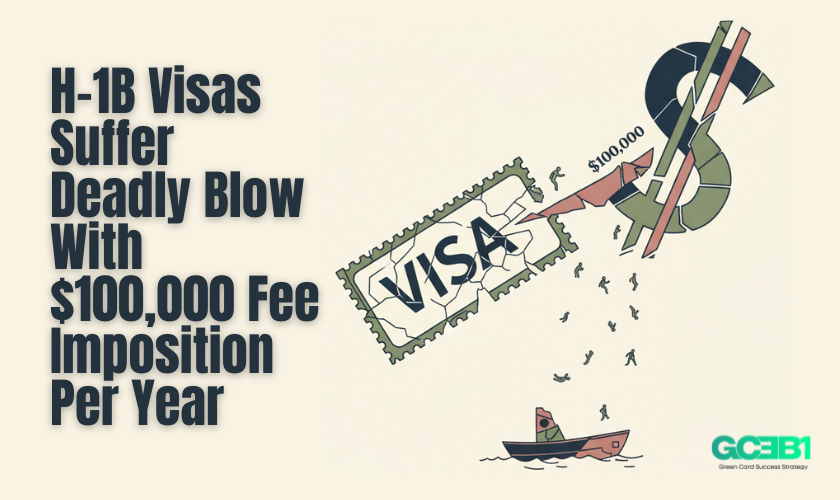A Clear Breakdown of The Proposed Wage-based H-1B Visa Lottery Rule
.webp)
A proposed immigration regulation aims to bring a major transformation to the H-1B lottery system. This transformation hinges on weighing the H-1B lottery based on four different salary levels tied to the Department of Labor’s (DOL) four-tier wage system.
You can read about the proposed plan in a news article we have covered previously. Here, we have offered a clear breakdown of how these wage tiers are supposed to contribute to the lottery, backed up by the numbers released to the press.
A comprehensive breakdown of the proposed H-1B lottery rule
There are four wage tiers according to the Department of Labor’s guidelines. In compliance with the four tiers, an H-1B candidate with a Level IV wage offer would be entered into the lottery four times. Consequently, the level III, level II, and Level I beneficiaries will get three times, two times, and one time chance respectively.
The H-1B has an annual quota of 85,000 applications. However, due to the exceeding demand, a random lottery is always conducted post E-registration of the beneficiaries. The sponsoring employers then tend to file a detailed H-1B application for the candidates winning the lottery. Hence, under the current system, the chance will be evenly distributed with all categories of beneficiaries enjoying an equal odds of around 29.59%.
However, the revision completely redistributes these odds, favouring the high-salaried level-IV category at the expense of the other three categories. If the proposed rule is implemented, the lottery selection probability table would look somewhat like the following:
| Salary Level | Current System | Proposed Rule |
| Level I | 29.59% | 15.29% |
| Level II | 29.59% | 30.58% |
| Level III | 29.59% | 45.87% |
| Level IV | 29.59% | 61.16% |
Hence, as clearly discernible from the chart, the probability of selection doubles for the Level IV applicants. On the contrary, it was almost cut to half for the Level I (lower wage) applicants.
What the data shows
To summarise this data, according to the National Foundation for American Policy, the probability of the USCIS selecting an individual at Level IV for an H-1B petition would skyrocket by a staggering 107% but fall by 48% for the petitioners at Level I.
In essence, the rule will tilt the balance of favour towards the senior and mid-career professionals, while handicapping those in the entry-level roles. Currently, the rule is facing widespread questions from individuals and groups, including the Executive Director of NFAP, Stuart Anderson, Doug Rand (Former DHS official), and others.
As one of the leading EB-1A experts, we are covering grounds on all the volatile transformations in the U.S. immigration landscape. Stay tuned to us to get all the latest updates and insights.






.png)

.png)

.webp)
.png)

.png)
.webp)